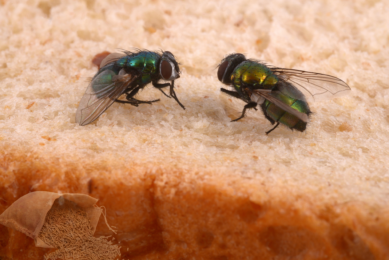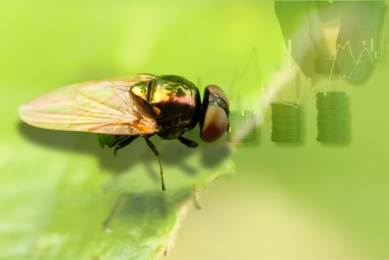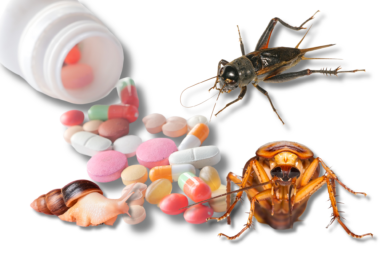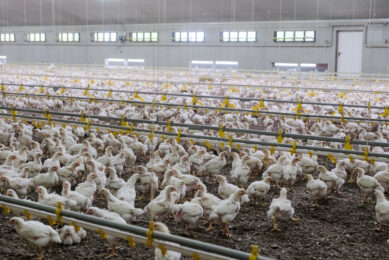Establishing the ideal substrate for BSF larvae
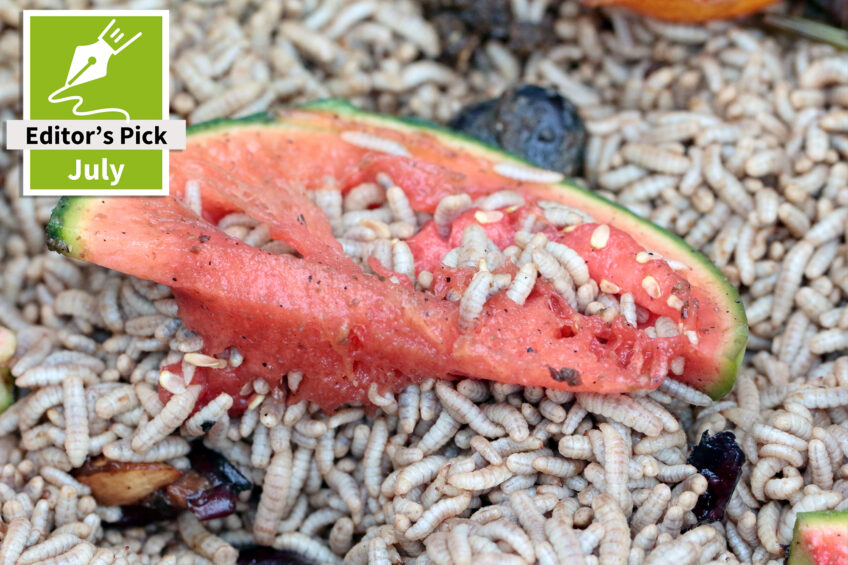
In efforts to establish ideal substrates for BSF larvae meal, researchers working on a recently published study evaluated the influence of 7 different substrates on the performance and conversion efficiency of BSF larvae. Their findings suggest that the source and composition of substrates are correlated to the nutritional composition and conversion efficiency of BSF larvae.
- feed waste,
- manure,
- fruits,
- mix of substrates (MIXX),
- animal source,
- fermentation residue, and
- food waste,
And evaluated their effects on the nutritional composition of BSF larvae and the conversion efficiency of these substrates into BSF larva meal, providing insights into their potential for sustainable waste management and poultry feed production.
Nutritional composition of BSF substrates
There were variations in the nutritional composition of the substrates, with feed waste displaying the highest dry matter (DM) content, which was attributed to the inherent properties of the feed itself, which is often characterised by high organic content. The animal source group had the highest crude protein (CP) and fat (ether extract, EE) content, which was expected, given that animal-based substrates typically have high protein levels. The high gross energy (GE) content in the animal source substrate group and the comparably elevated levels in fermentation residue, food waste, and fruits suggests that the substrates would provide substantial energy to the larvae. Ash content was highest in the manure group, reflecting the mineral-rich composition of manure.
Nutritional composition of BSF larva meal
The results of the study (Table 1) showed high CP content in the BSF larvae meals resulting from the fermentation residues, animal source, and feed waste diets, which suggests that these substrates could contain higher quality proteins or nitrogenous compounds than other substrates; a diverse range of proteins can ensure a balanced amino acid profile, improving the overall protein quality of the larvae meal, as observed in previous studies. The researchers emphasised the fact that, depending on the bioavailability of the proteins in the substrates, protein-rich substrates can lead to more efficient protein assimilation by the BSF larvae, resulting in a nutrient-rich insect meal or ingredient to be used in animal diets. They also showed that if the nutrient superiority of the substrates can be directly translated into a corresponding nutrient-rich insect meal, this offers the potential to manipulate the nutrient content of BSF larvae meal by selecting appropriate substrates.
According to the researchers, the higher GE content in the fruits substrate-derived BSF larva meal emphasises the crucial role of substrate nutrient density on the energy composition of larvae meal.
fruits are renowned for their high sugar content, which represents a primary source of easily digestible, energy-rich nutrients. When these fruits are used as a substrate, BSF larvae can efficiently assimilate these high-energy compounds, which translates to elevated gross energy content in the resulting larvae meal
The researchers The EE content, indicative of the total fat in the larva meal, was higher in the food waste, animal source, and fermentation residue diets, suggesting that these substrates could contain a high amount of fats or lipids, leading to a high-fat BSF larva meal. The lauric acid content and chitin content were highest in the BSF larva meal resulting from the feed waste and fruits substrates, respectively.
Growth performance and conversion efficiency of BSF larvae
The results (Table 2) showed that the choice of substrate in BSF larva rearing has direct implications for larva performance and conversion efficiency: the bioconversion efficiency of BSF larvae or their capability to convert substrate nutrients into body mass.
The elevated survival rates witnessed in larvae fed on feed waste, fermentation residues, fruits, MIXX and manure substrates compared to vegetable and animal source substrates indicated the relative nutritional suitability and palatability of these substrates for BSF larvae. It was suggested that these substrates may present a more balanced composition of macro and micronutrients, as well as a diverse array of bioavailable compounds that can cater to the broad nutritional requirements for larva growth and survival. Larval weight and length were highest in BSF larvae fed on fermentation residues, suggesting efficient utilisation of fermentation residue-derived nutrients for growth and development. The efficiency conversion of digested feed (EFDG) into body mass was highest in larvae fed on animal source substrate, implying superior digestibility and nutrient assimilation from this substrate. Protein conversion was highest in larvae fed on feed waste substrate.
Concluding remarks
In conclusion, the findings underline the fact that the source and composition of substrates are correlated to the nutritional composition and conversion efficiency of BSF larvae, the researchers said. They added that their findings provide a significant contribution to the growing body of knowledge about BSF biology for those seeking to harness the potential of these versatile insects in various applications. “These findings underscore the practical implications of substrate choice in refining BSF cultivation for diverse applications based on substrate-larval dynamics and emphasise the need for tailored substrate strategies for the production of BSF larva meal for the animal feed industry.”
Based on the publication: A metanalysis to evaluate the effects of substrate sources on the nutritional performance of black soldier fly larvae: implications for sustainable poultry feed. Poultry Science, Vol 103, Issue 2, 2024.




